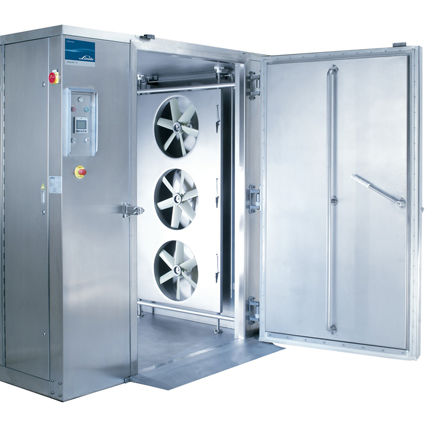We’ll admit, nicotine ‘aint cheap. Next to your flavoring compounds, nicotine solution is likely the most expensive component of your DIY mixing. Why let it go to waste? While the shelf-life of your solution may vary depending on a multitude of factors (to be explained in a few), there are 3 variables you can help to mitigate oxidation, thus preserving your precious nicotine from unwanted oxidation and hydration.
Without getting heavy into oxidation chemistry, let’s simplify by saying that these three buggers accelerate the oxidation of nicotine in your solution to its nicotine oxides. Not necessarily dangerous for inhalation (as all solution possesses this to some degree), however it will add to the commonly seen brownish/yellowish (/sometimes pinkish) hue, rank-wet-dog (pyridine) smell, and peppery taste. Sounds delicious? Ew (Shout-out Jimmy Fallon). These factors are evident of an oxidized nicotine solution, whether kept out of proper storage conditions, or preformulated and not fresh for use.
THESE ARE YOUR ENEMIES – FIND WHERE THEY SLEEP. SEEK. DESTROY. KILL.
1) Oxygen 2) UV Light 3) Heat
1) Oxygen is pesky. It easily solvates into solution by shaking, and will flood any container when uncapped and exposed to the atmosphere. It is everywhere in out atmosphere, thus is pretty difficult to isolate from your nicotine. However a wee bit isn’t going to degrade the solution. Naturally you will need to shake your solution, uncap for use, and recap. Although you can MINIMIZE this process! Consider dividing a 500mL bottle into x4 125mL bottles in order to limit oxygen exposure. With only 125mL exposed at one time, 375mL remain properly capped and stored from excessive oxygen. This is our thought process behind the Nude ARMOR argon-purged nicotine base.
2) UV light is a much easier variable to stamp out. Cobalt or amber tinted storage solutions block the UV-range of light from entering a storage bottle. An even easier solution is to place out of all rays of light… say… a freezer? Which leads us to #3:
3) What is this exotic piece of lab equipment you call a freezer? PLEASE PLEASE PLEASE make sure that your freezer is not accessed by children if storing your nicotine solution. Lock if necessary. Temperature is always a catalyst to reactions, and in this case (bad joke time):
Pink Floyd voice screams in – “WE DON’T NEED NO… OXIDATION…”
Cue awesome guitar: brow brow brow …..
Pink Floyd voice screams in – “WE DON’T NEED NO LIGHT FSHO……….”
Cue awesome guitar: brow brow brow …..
Everyone’s voice screams in – “Just put your nic behind that, LOCKED freezer wall.”
Few last points to cover – shelf-life varies largely by nicotine strength, as well as PG/VG ratio. Higher nicotine strengths will possess more nicotine molecules, less likely to be completely solvated by their carrier (PG/VG). Put simply – 100mg/mL formulations will keep for less time than a 24mg/mL formulation. PG is also a much better solvent for this purpose – it has an extremely low viscosity, will dissipate dispersed oxygen bubbles quickly (say that 4 times fast!), and has a longer shelf-life chemically (2 years from DOM, vs. VG – 1 year). Thus some may only see a short shelf-life for a 100mg/mL solution kept on a shelf compared to a 24mg/mL solution kept in multiple frozen aliquots. Remember, nicotine solution solvated in wither PG or VG WILL NOT FREEZE!
A few other points to cover – if storing your nicotine solution for longer than 6 weeks, please do transfer your solution into a glass bottle for prolonged storage (Remember – amber/cobalt!). Some plastics will not provide a complete vapor barrier against outside atmosphere and thus can leak over time. In addition, some LDPE plastics are known to have such a low density as to allow for other medium-sized molecules to migrate through the plastic wall. Not such a good thing to happen when a glass bottle would have solved all problems!
We at Nude Nicotine have cryogenically frozen pure, 100mg/mL, 24mg/mL, and 6mg/mL concentrations a while back (~8mo ago as of 9/14) which show minimal degradation. It is possible to store your solution for some time without a worry! Just keep the oxygen, UV light, and heat at bay 🙂
